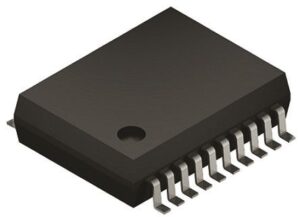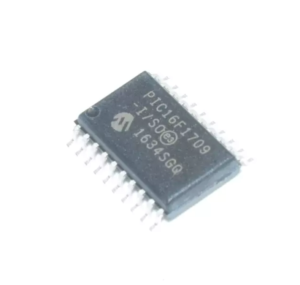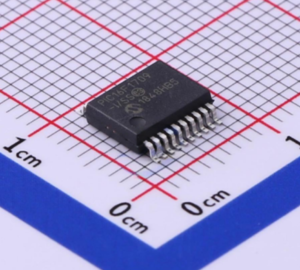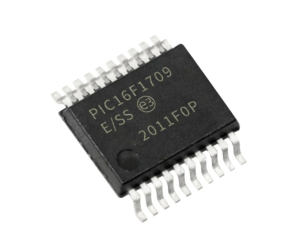A better method of storing data in program memory allows two bytes of data to be stored in each instruction location to Extract Microcontroller ATMEGA164A Code. Look-up table data may be stored two bytes per program word by using table reads and writes from Microcontroller PIC16F1709 Memory Program Copying.

The Table Pointer (TBLPTR) register specifies the byte address and the Table Latch (TABLAT) register contains the data that is read from or written to program memory.
Data is transferred to or from program memory one byte at a time when Extract Chip ATMEGA164PA Code.
Table read and table write operations are discussed further in Section 6.1 “Table Reads and Table Writes”.

The microcontroller clock input, whether from an internal or external source in the process of Microcontroller Unlocking, is internally divided by four to generate four non-overlapping quadrature clocks (Q1, Q2, Q3 and Q4).
Internally, the program counter is incremented on every Q1; the instruction is fetched from the program memory and latched into the instruction register during Q4. The instruction is decoded and executed during the following Q1 through Q4 from Extract IC ATMEGA861A Code, The clocks and instruction execution flow are shown in below Figure.

An “Instruction Cycle” consists of four Q cycles: Q1 through Q4. The instruction fetch and execute are pipelined in such a manner that a fetch takes one instruction cycle from Microcontroller PIC16F1709 Memory Program Copying, while the decode and execute take another instruction cycle.

However, due to the pipelining, each instruction effectively executes in one cycle which has brought difficulties to Extract MCU ATMEGA164 Code. If an instruction causes the program counter to change (e.g., GOTO), then two cycles are required to complete the instruction .

